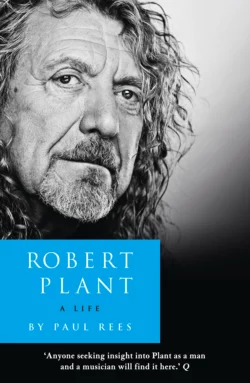Robert Plant: A Life: The Biography

Paul Rees
Тип: электронная книга
Жанр: Биографии и мемуары
Язык: на английском языке
Стоимость: 465.10 ₽
Статус: В продаже
Издательство: HarperCollins
Дата публикации: 16.04.2024
Отзывы: Пока нет Добавить отзыв
О книге: Robert Plant is one of the few genuine living rock legends.Frontman of Led Zeppelin, musical innovator and seller of millions of records, Plant has had a profound influence on music for over four decades. But the full account of his life has barely been told … until now.Robert Plant: A Life is the first complete and comprehensive telling of Plant’s story. From his earliest performances in folk clubs in the early 1960s, to the world’s biggest stages as Led Zeppelin’s self-styled ‘Golden God’, and on to his emergence as an emboldened solo star.The sheer scale of Zeppelin’s success is extraordinary: in the US alone they sold 70 million records, a figure surpassed only by the Beatles. But their success was marred by tragedy.These pages contain first-hand accounts of Plant’s greatest highs and deepest lows: the tragic deaths of his son Karac and his friend, Zeppelin drummer John Bonham.Told in vivid detail, this is the definitive story of a man of great talent, remarkable fortitude and extraordinary conviction.